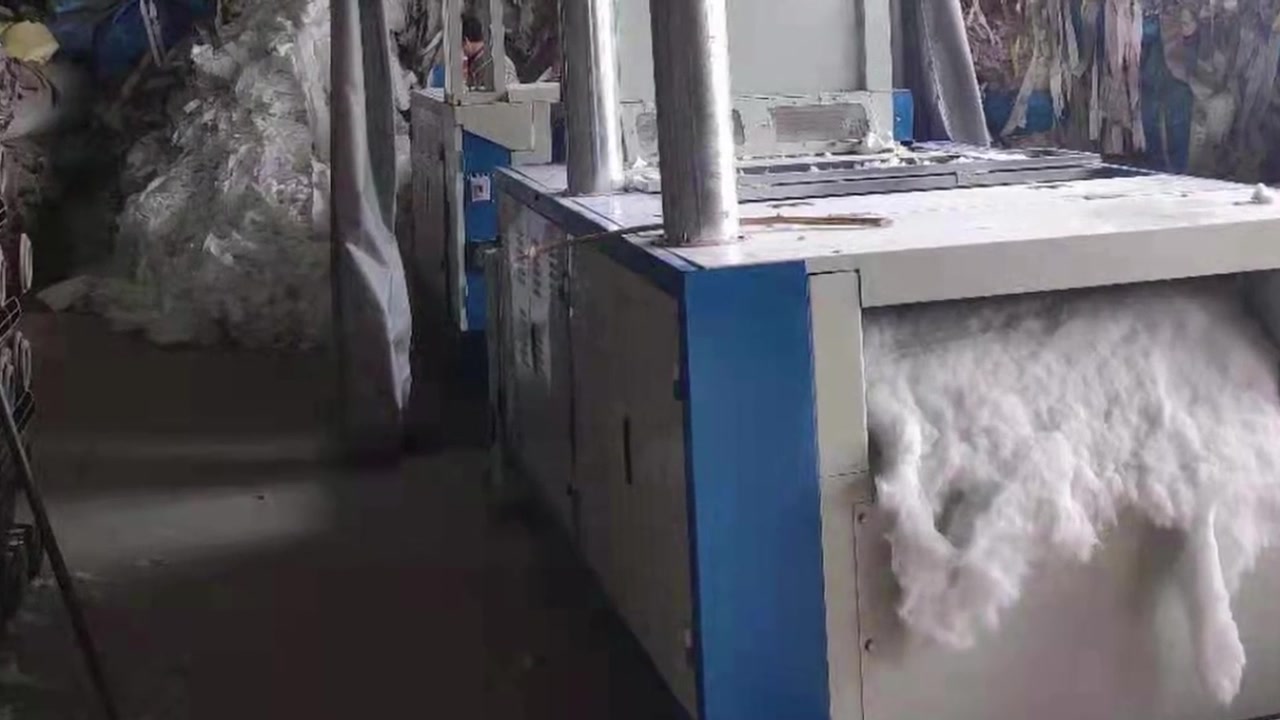Fabric Waste Recycling Machine: Transforming Textile Waste into Sustainable Solutions
Fabric waste recycling machines are revolutionizing the way the textile industry addresses its environmental challenges. With millions of tons of fabric waste generated annually, these machines offer a sustainable solution to repurpose discarded materials. By converting waste into reusable fibers and fabrics, they play a crucial role in reducing pollution, conserving resources, and promoting a circular economy in the fashion and textile sectors.
The Impact of Fabric Waste
Fabric waste has become a pressing global issue, with billions of garments discarded every year. Most of this waste ends up in landfills, where it contributes to environmental degradation and emits greenhouse gases as it decomposes. Moreover, the production of textiles consumes vast amounts of water, energy, and chemicals, further straining the planet's resources. Fabric waste recycling machine address these issues by providing an innovative way to reclaim and reuse materials, thus reducing the environmental burden caused by the fashion industry.

How Fabric Waste Recycling Machines Work
Fabric waste recycling machines operate through a series of efficient processes designed to recover materials from discarded textiles. The process typically begins with sorting the waste based on material type, such as cotton, polyester, or blends. Once sorted, the fabric is shredded into fibers, which are then cleaned to remove impurities. Advanced machines may also use chemical recycling techniques to break down synthetic fabrics into their original components. The resulting fibers can be spun into new yarns or used to create recycled textiles, ensuring that the waste is given a new life.
Benefits of Recycling Machines
The adoption of fabric waste recycling machines brings numerous benefits. They help divert waste from landfills, reducing pollution and conserving valuable resources. These machines also lower the demand for virgin raw materials, cutting down on the water, energy, and chemicals needed for traditional textile production. Furthermore, recycling promotes sustainable practices within the fashion industry, encouraging brands to create eco-friendly collections. For consumers, recycled fabrics often result in more affordable and sustainable clothing options, contributing to a more environmentally conscious lifestyle.
The Future of Fabric Recycling
As sustainability becomes a global priority, the development and use of Fabric Recycling Machine are expected to grow significantly. Technological advancements are making these machines more efficient and capable of handling diverse materials, including complex blends and non-biodegradable fabrics. Governments and industries are also investing in recycling infrastructure, recognizing the importance of reducing textile waste. With continued innovation and collaboration, fabric recycling machines have the potential to reshape the textile industry, ensuring a more sustainable and responsible future.
In conclusion, fabric waste recycling machines are a game-changer in addressing the environmental challenges posed by the textile industry. By transforming waste into valuable resources, these machines are paving the way for a greener and more sustainable future, benefiting businesses, consumers, and the planet alike.

Comments
Post a Comment